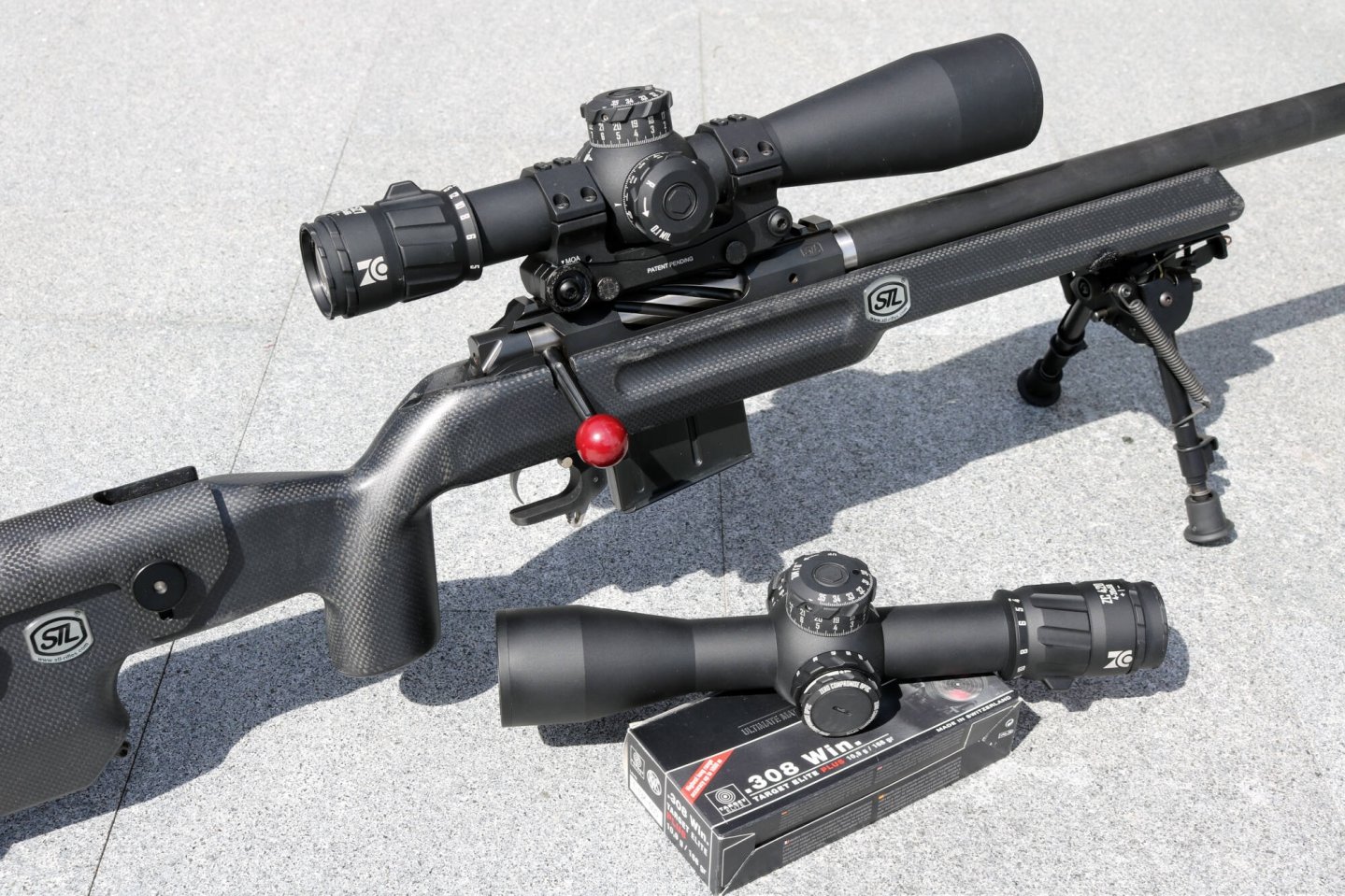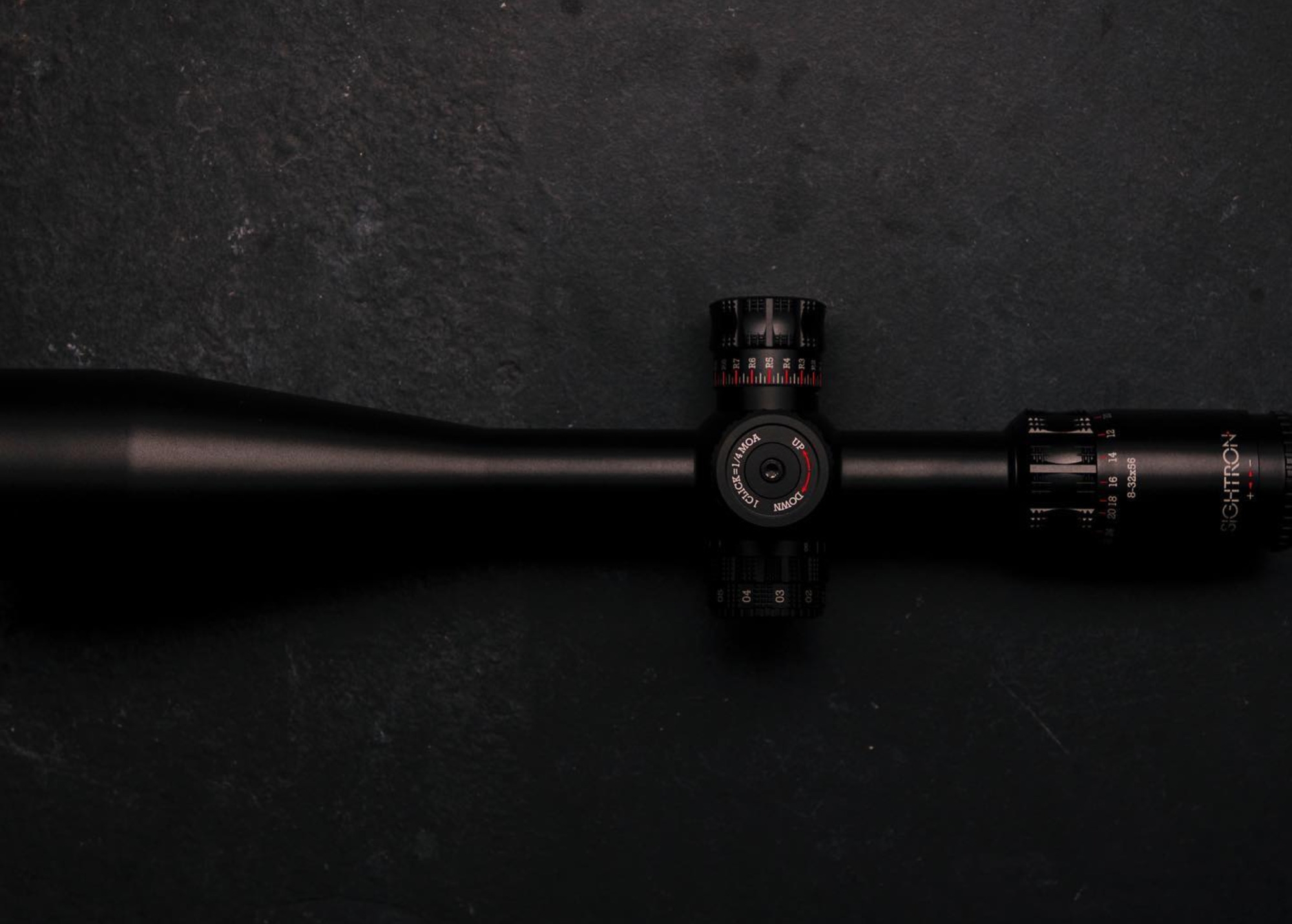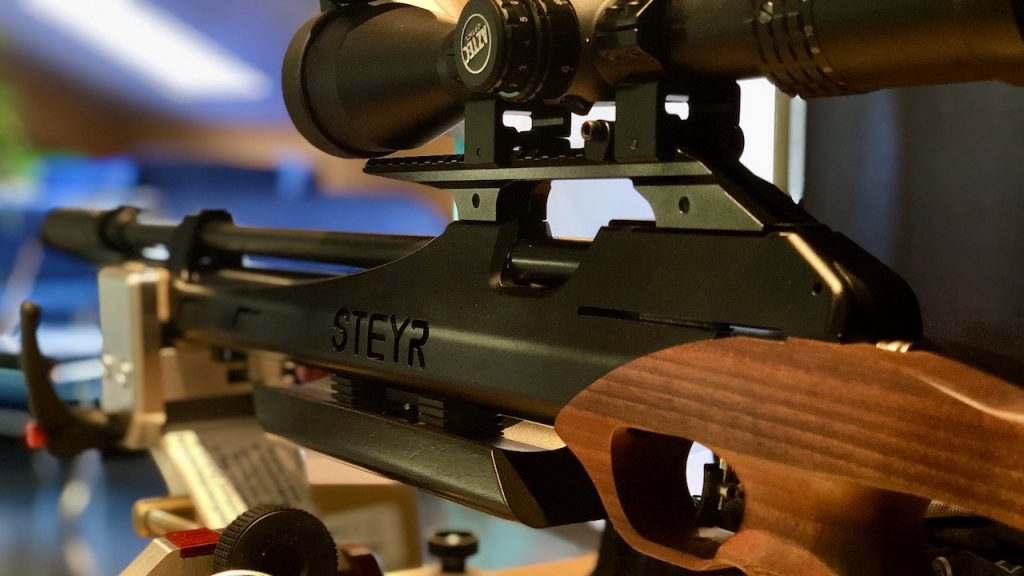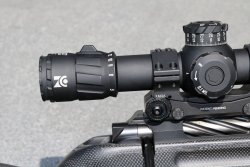
No, Zero Compromise Optic (ZCO) from Margarethen am Moos, Austria, is probably not familiar to most sports shooters – not yet. This is mainly due to the fact that the brand and factory, as well as the first products, were not presented until 2018 at the SHOT Show and 2019 at the IWA. But new does not mean inexperienced, since the makers behind ZCO look back on decades of experience with the optics companies Kahles and Leica. With their riflescopes, ZCO has set itself the goal of achieving top standards in all optical aspects such as light transmission, resolution, mechanics and adjustment range. The optics in the premium segment have therefore been specially developed for sport shooters. In order to meet the very high goals that ZCO has set itself, all riflescope metal parts come from Austria, and ZCO purchases the lenses from renowned manufacturers. The most important question first: do the optics deliver what they promise?
Current models and features of ZCO's optics:
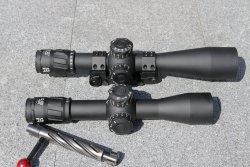
The two available models ZC420 and ZC527 were available for testing. The first digit indicates the minimum magnification and the last two digits indicate the maximum magnification. Consequently, the 420 is the smaller optic and the 527 the larger one. Both models display the reticle in the first image plane (1. BE). This means that the reticle always covers the same target area regardless of magnification.
The customer can choose from 3 reticles called MPCT 1, MPCT 2 and MPCT 3, all of which are designed primarily for long-range shooting in open terrain. The MPCT 1 is an illuminated mil-dot reticle with a line spacing of 0.2 mil or 0.1 mil, i.e.: 2 or 1 cm at 100 m distance. The MPCT 2 is also an illuminated mil-dot version, with the lower vertical axis designed as a so-called Christmas tree. This allows the wind-drift to be precisely determined, i.e. the actual bullet impact in deviation from the actual aim point. The line spacing is 0.2 mil. Thus, if the distance is known, target sizes can be calculated precisely, or vice versa if the target size is known, the distance can be calculated precisely. If you are experienced, you can also use it to calculate the target speed when it is moving crossways. The illuminated reticle can be adjusted to the respective light conditions. Known as Automatic Illumination Management (AIM), it uses advanced sensing capability to deactivate illumination when the scope exceeds 75 degrees in up or down angle tilt or when exceeding 45 degrees to either side. The MPCT 3 should have celebrated its premiere at IWA 2020 and is brand new. It builds on the other two reticles, with numerous detail improvements. For example, a new type of dot matrix design should make it easier for the shooter to correct elevation and windage. In the upper half of the field of view there is a "funnel" composed of two scales. This advanced concept for fast range finding is intended to further increase the performance of ZCO riflescopes.
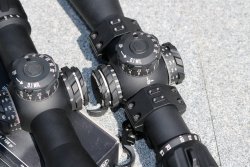
Ambitious long-range shooters will be delighted with the very large elevation adjustment range of 35 mil or 350 cm at 100 m. A very comfortable 20 mil is available for windage. To adjust the windage and elevation turrets, first pull the rotating cap upwards. This releases the mechanism. This design prevents accidental adjustment by clothing or when getting stuck. The click adjustment is 1 cm or 0.1 mil. The entire elevation adjustment range is thus made possible by slightly more than 2 complete 360-degree turns. A pin shows in which adjustment level the mechanism is located. ZCO has cleverly implemented the magnification markings. These are shown on the magnification ring, which is bevelled towards the back. This makes them easy to read from the shooting position and also from above. When changing distances, the turrets are adjusted counter-clockwise. To be more precise: when increasing distance to the target, the elevation turret is adjusted counter-clockwise when viewed from above.
Zero Compromise Optic riflescopes specs
| Model: | ZCO ZC420 | ZCO ZC527 |
| Price: | 3570 Euro | 3740 Euro |
| Objective Lens Diameter: | 50 mm | 56 mm |
| Length: | 12.8”/325 mm | 15.2”/387 mm |
| Main Tube Diameter: | 36 mm | 36 mm |
| Reticle: | MCPT 1+2 | MCPT 1+2 |
| Click Adjustment: | 0.1 mil | 0.1 mil |
| Max. Elevation Adjustment: | 35 mil | 35 mil |
| Max. Windage Adjustment: | 20 mil | 20 mil |
| Parallax Setting: | 25 m - ∞ | 25 m - ∞ |
| Weight: | 34.7 oz/986 g | 37.9 oz/1.075 g |
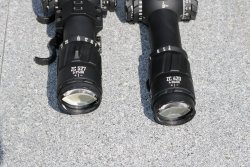
With the ZCO rifle scopes on the shooting range – Really no compromises?
When it comes to optics, one can now attach importance to the scientifically measurable optical performance, but then find oneself confronted with complex measurement work, not to mention the necessary high cost of equipment: The parameters important here can only be measured and documented by optical laboratories. These include light transmission, i.e. what percentage of the light entering the objective is emitted at the eyepiece – ZCO states 92% for both scopes. And it applies to resolution or edge sharpness too, also known as chromatic aberration. As already mentioned: it can be done – and yet you only get a fragmentary information about the practical suitability. That means that the ZCO riflescopes first have to prove themselves during the thorough assessment by the testers and then on the line of fire.
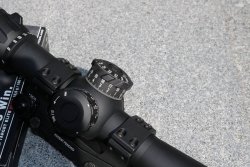
First impression: very neatly crafted, with a view to details, such as the aforementioned safety feature with the lifting of the turret rotating caps. The matting on the body is also pleasing. It reduces glare and makes mounting easier by giving the rings more grip. Then the view through and – in the case of the oldest of the testers – the grip on the diopter adjustment ring every time: easy to grip, quick to operate. Afterwards, razor-sharp image, bright colors with clear contrasts, no noticeable and disturbing color or edge seams – at least by the eyes of the testers. Ease of operation was also pleasing: the controls were arranged with a view to intuitive use and with very crisp adjustments.
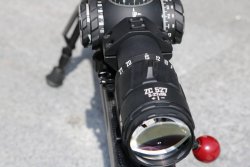
Then there was the adjustment itself – here a view of parallax-free operation. ZCO marks the parallax turret on both models with the distances 25, 30, 40, 50, 100, 150, 200, 250, 300, 500, 800 m and infinity. In addition, a line in each case indicates the full hundreds of values. This follows common practice, most manufacturers providing their turrets with range specifications. Here are some basic information about this parameter: if a shooter knows the distance to his target, but has only rudimentary knowledge of scope operation, he/she will usually choose this value. However, parallax depends not only on the distance, but also on meteorological conditions such as humidity and air temperature. Consequently, at a range of about 300 m, it may be necessary to set a value of 500 or even 700 m on the corresponding adjustment turret in order to actually obtain a parallax-free image. The engraved numbers should therefore only be used as a rough guide. The parallax-free fine adjustment is done by eye. The target picture must be absolutely sharp. And when moving the eye position up, down, right and left, the crosshairs must not move. This was provided in the ZCOs: when checking the parallax, the testers could take a clear, sharp target picture on the parallax turret at ranges of 30 to 500 meters.
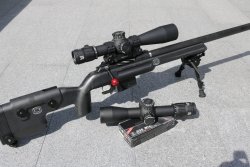
There is a useful and simple test step for the quality of the adjustment mechanism: the box test. With 25 cartridges, you don't need much ammunition for this test. You zero in the gun and scope at any range, here 100 m. Then shoot the geometric figure of a square, so to speak – the box test. First shoot a group of five rounds at the same aiming point. Then change the elevation on the turret by a certain number of clicks, here 20 clicks. Next group of five. Repeat until the turrets are adjusted by 20 clicks up, right, down and finally left again and the respective groups are shot. The trick is that the last group of five should be congruent with the first. With a ruler you can now measure the distance between the middle hit point of the groups. With a click adjustment of 0.1 mil or 1 cm, the distance between the groups to the above example should be about 7.8”/20 cm.
This test is of course the more accurate and meaningful the better the combination of gun and ammunition shoots. all4shooters.com therefore used a STL Hunter C2 bolt-action rifle with carbon stock and 168-gr Target Elite Plus match ammunition from RWS. Fired from the STL, this produced five-shot groups between 0.47”/12 and 0.59”/15 mm. Measuring the box resulted in a distance of 7.6”/194 to 7.9”/202 mm between the individual groups: excellent.
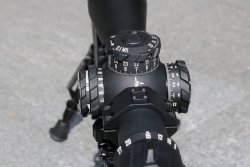
accidentally adjusted by clumsy handling.
With increasing number of shots it may happen that the mechanism gets blocked. In this case, micro-burrs left after the machining process can break off and settle in the adjustment mechanism or the spindles bearings and gear seat. For this reason, the testers subjected the large ZC527 to a hitherto unparalleled endurance test – as the superstructure of a 1000-shot endurance test, so to speak. The substructure was the SIG Sauer MCX Virtus. After the 1000-shot ordeal, the testers remounted the ZCO on the STL-Hunter C2 and repeated the box test with the RWS Target Elite Plus. The result was not very spectacular. The distances between the groups had changed by only a few millimeters, but by much less than a click. There is no better way!
Test conclusion: are the new premium rifle scopes ZCO ZC420 and ZC527 to be recommended?
Importer and wholesaler RUAG Ammotec recommends a non-binding price of 3570 euros for the ZC420 and 3740 Euros for the ZC527. This puts the duo in the riflescope upper class. In this league, too, the expected very high quality standards in terms of functionality, user-friendliness and optical and mechanical performance are fully met. It is not all that often that full-bodied manufacturer promises are completely true. However, ZCO has succeeded in doing so impressively with both test riflescopes. Therefore, we can clearly recommend the purchase to ambitious sport shooters and long-range fans.
You can find out more about the ZCO ZC420 and ZCO ZC527 on the Zero Compromise Optic website.


